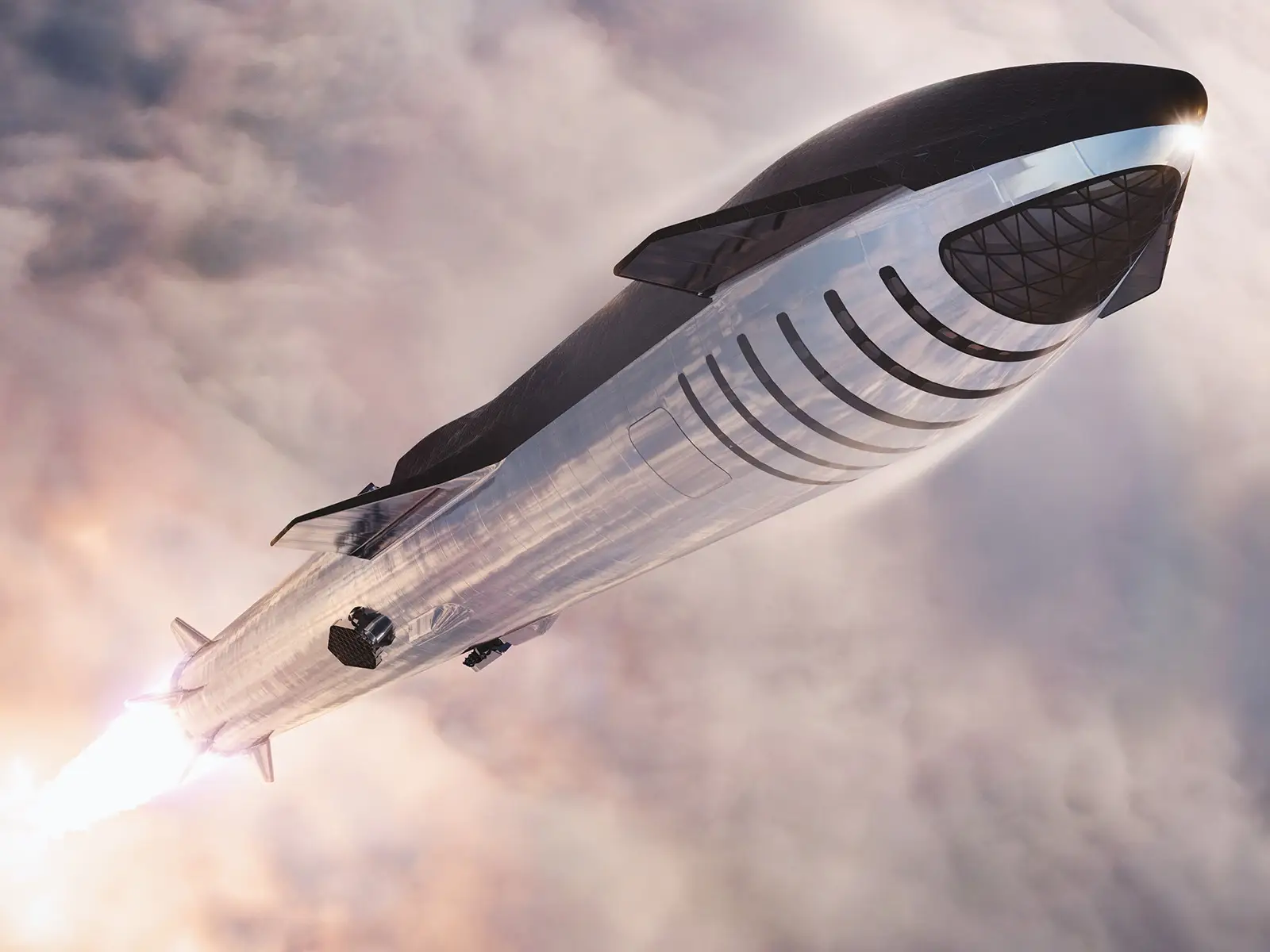- Blue Origin's New Glenn, which is a bit short of the class of super-heavy missiles (45t per LEO), but at the same time has the largest fairing - the company claims that it is 50% more spacious than its closest competitor; as well as the possibility of reusable 25 times use of the first stage without a major bulkhead.

Virgin Orbit's LauncherOne, the light-class rocket of another billionaire with space ambitions, Richard Branson, is slated to launch on January 10 using an air launch system. On May 25, 2020, the company encountered problems during the first demo launch attempt, followed by identification and resolution of the problems encountered.

- Alpha by Firefly is a Ukrainian-American company developing a lightweight carrier capable of delivering 1 ton to LEO at a price of $ 15 million, which allows it to compete in its niche with such a company as RocketLab. We managed to sign several commercial contracts, as well as with NASA. The first launch is scheduled for the first quarter of 2021.

- Terran 1 by Relativity Space is an American start-up engaged in the creation of a light-class rocket with a carrying capacity of 1.25 tons and a competitive price tag of $ 10M. A feature of this company's approach is the use of the technology of full 3D printing of rocket blocks. The company is now actively constructing a launch site at Cape Canaveral.

Isar Aerospace's Spectrum is a German private project that intends to create a light rocket capable of delivering 1 ton to LEO at a starting price per kilogram of approximately $ 16,500, which is on par with the price list for small satellite launches published by SpaceX.
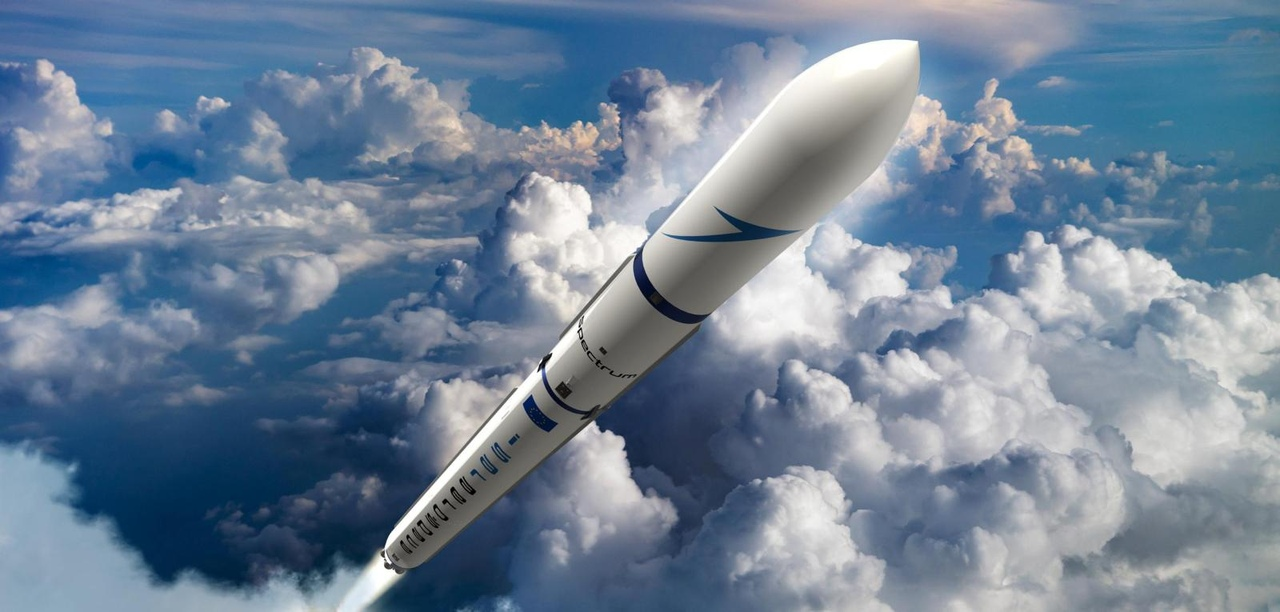
- ZK of CAS Space - a Chinese company is developing a family of launch vehicles, which includes several reusable rockets at once. It is planned to use lattice rudders and landing supports for the return of the 1st stage on the LV. The first versions of the missiles will be able to deliver 1 ton of cargo to LEO.

- Boeing Starliner with a crew on the ISS - the repeated unmanned launch of the American spacecraft, which has become a necessity after the previous failure, in which the spacecraft did not enter the calculated orbit, will take place on March 29 A manned test launch to the ISS is also due this year.
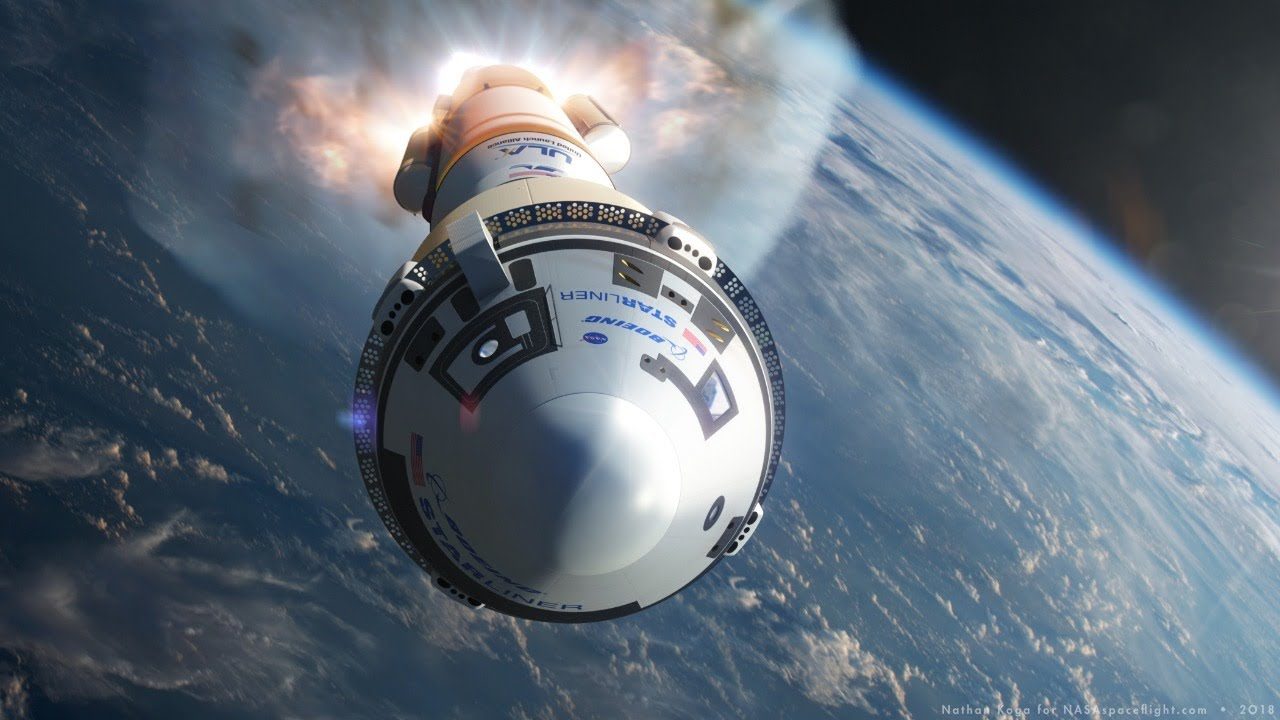
Aevum's Ravn X is an exotic aerial launch system using the world's largest drone, offered by private company Aevum. As an advantage, the engineering team declares the possibility of launching 100kg of satellites in any weather without using complex ground infrastructure - the drone can be launched from any airport and with a minimum staff of 6 people. It is not surprising that the military became interested in them, having signed a contract for the first launch in late 2021.

Virgin Galactic Tourist Launch - Founder Richard Branson is set to be the first passenger aboard the VSS Unity spaceplane from the newly erected Spaceport America, tentatively scheduled for Q1 this year. After that, commercial operations will begin - at the moment more than 600 people have made a pre-order for the opportunity to touch space.

- The first flight of the Dream Chaser from Sierra Nevada Corporation - the device of this company is the world's only private orbital non-capsule spacecraft. The winged vehicle will launch vertically on the latest Vulcan Centaur rocket later this year, but will complete its mission by landing on an airstrip, as Space Shuttle ships have done in the past. The company plans to have a fleet of such "space planes", one of the tasks of which will be to supply the ISS.
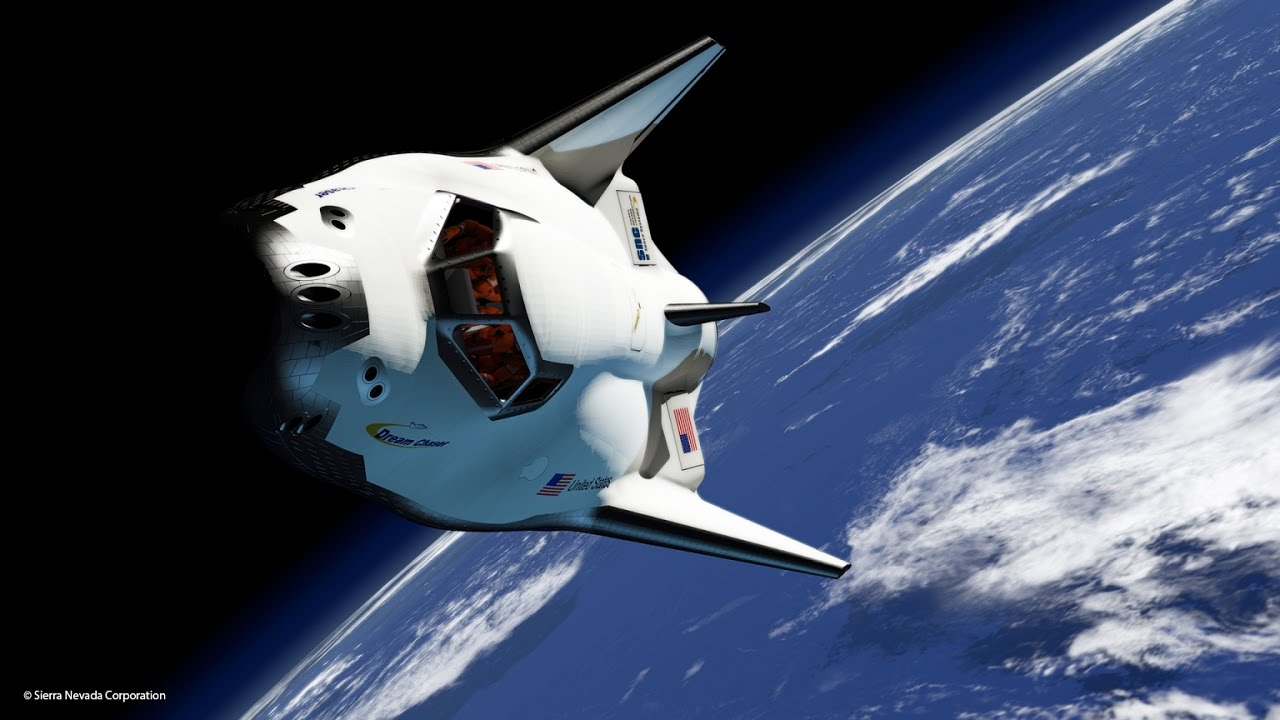
- Rescue of the 1st stage Electron by Rocket Lab - an American company with New Zealand roots, which has proven itself with a series of successful launches, will attempt to return the first stage of its light rocket, using parachutes installed on it and a helicopter picking it up in flight.
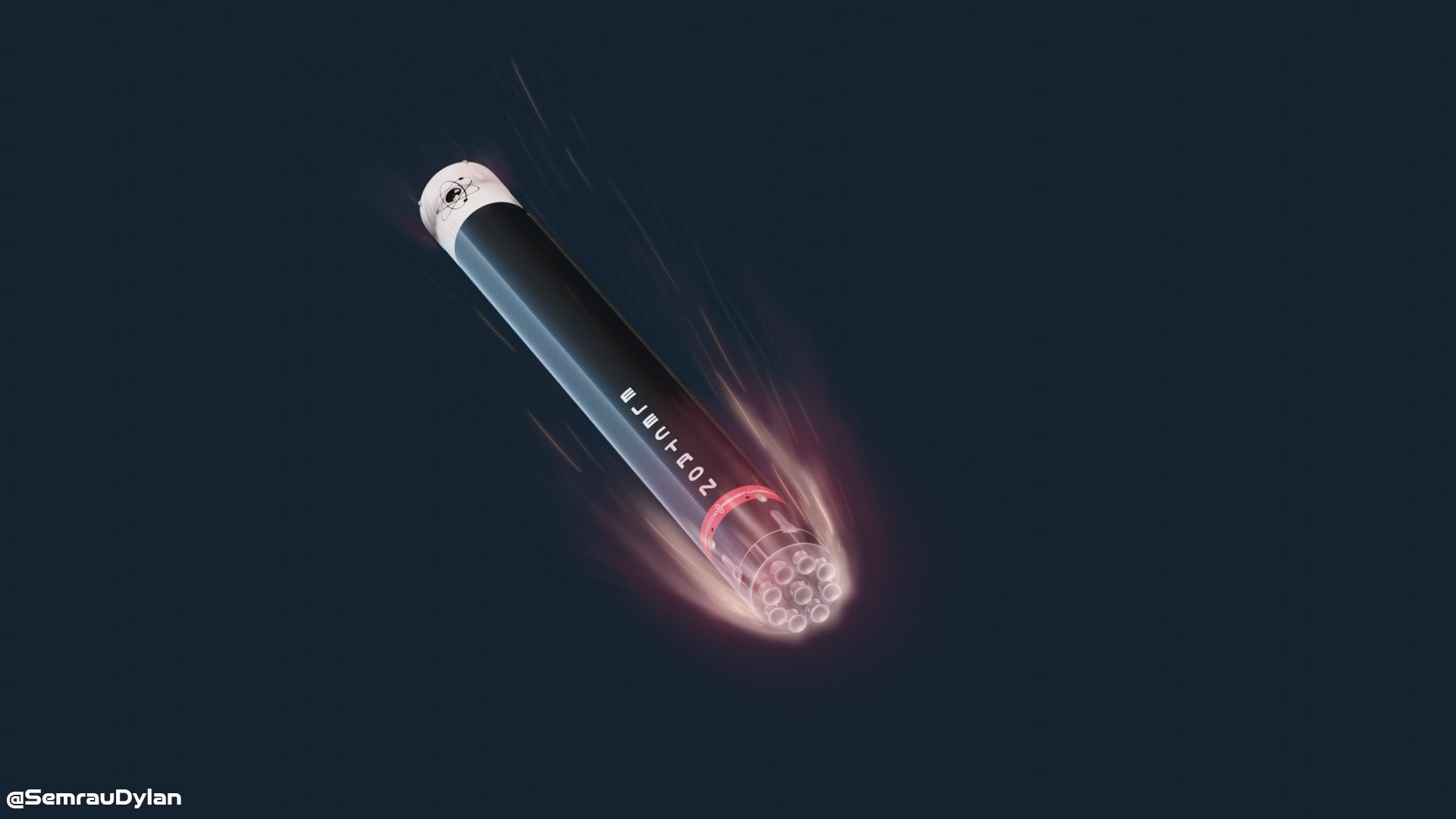
- PLD Space's Miura 1 is a Spanish startup preparing to launch a suborbital launch vehicle this year, with the aim of creating on its basis the more powerful reusable space rocket Miura 5. It is designed to deliver 300kg of payload to LEO. It is assumed that a parachute will be used to rescue the first stage of the rocket, followed by a splashdown in the ocean. After that, she will be pulled out of the water and transported by ship to the port.

- Launch of the first private space mission with people on the ISS by Axiom Space - the ship of the private company Ilona Mask SpaceX, which has already flown three times to the ISS, will be used (presumably in the second half of 2021) to deliver a crew of 3 tourists, including Tom Cruise, and one astronaut. Axiom plans to organize up to two professional and private expeditions to the ISS per year, while simultaneously implementing a project to build its own space station.

- The orbital flight of SpaceX Starship - the first launch into orbit of a prototype Starship spacecraft designed to colonize Mars and perform the entire spectrum of near-Earth space operations, is due to take place in 2021, according to statements by the company's general designer Elon Musk. The launch of the most lifting (100-150t in reusable version), large (40 floors high, 9m in diameter) and, for the first time in history, a fully reusable rocket, should without exaggeration mark a new era in the development of astronautics.
